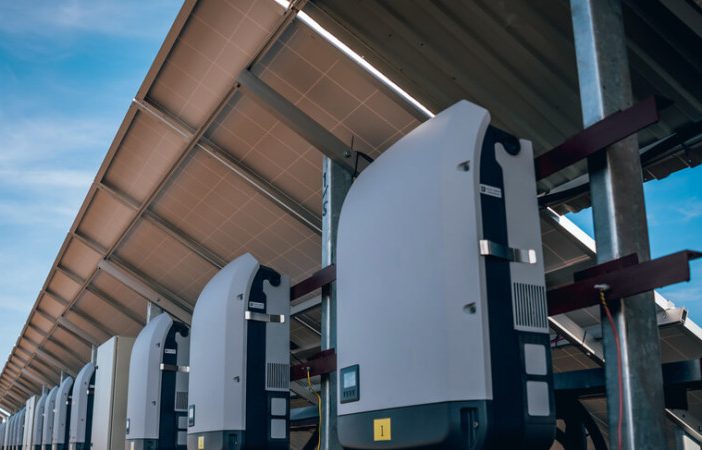- Researchers from the Budapest University of Technology and Economics have investigated the impact of design parameters such as tilt angle, inverter sizing factor, and solar module row spacing on the accuracy of yield forecasts for photovoltaic installations.
In the study Impact of the tilt angle, inverter sizing factor and row spacing on the photovoltaic power forecast accuracy, published in Applied Energy, the scientists also developed a multi-objective optimization (MOO) method, which they claim can help identify the tradeoff between the energy yield and forecast errors of PV plants.
“This study is the first to connect the field of PV forecasting and design optimization,” they stated. “The results contribute to both the forecasting research community – by revealing how the verification and the expected accuracy depends on the design parameters – and the PV designers – by proposing a method for taking the costs of forecast inaccuracies into account during the optimization of PV plants.”

Photovoltaic power curves for different tilt angles, inverter sizing factors, and relative row spacings.
Image: Image: Budapest University of Technology and Economics, Applied Energy, Creative Commons License CC BY 4.0
The scientists conducted their analysis across ten locations, including the seven Surface Radiation budget (SURFRAD) network stations, which were established in the United States to support satellite retrieval validations, and three meteorological stations in Hungary. These locations, they specified, cover five climate zones, a wide range of altitudes, and different forecast error characteristics.
Their model considered error metrics such as the mean-normalized mean bias (nMBE), mean absolute (nMAE), and root mean square errors (nRMSE) as a function of the tilt angle, the inverter sizing factor, and row spacing for the ten examined locations. “The default parameters for these diagrams are 25 degrees tilt and 0 degrees azimuth angle, 1.0 inverter sizing factor, and 2.5 relative row spacing,” they stressed. “As a general tendency, an increasing tilt angle increases, while an increasing sizing factor decreases the nMAE and nRMSE. The effect of the row spacing is only visible at relative row distances shorter than 2.1, and it is still small and ambiguous.”
They also explained that depending on the location, with a tilt angle up to 45 degrees and inverter sizing factor up to 1.5, the high tilt angle can increase the nMAE and nRMSE by up to 49% and 43%, while a high inverter sizing factor may decrease the errors by up to 25% and 10%, respectively. The effect of the row spacing was estimated at less than 5% in most cases.
The academics stressed that the error of the irradiance-to-power conversion is strictly dependent on the three design parameters and that yield forecast accuracy is usually affected by the whole error pattern of the irradiance forecasts instead of simple average errors. “The irradiance-to-power conversion of solar forecasts can introduce bias and affect the variance of the power forecasts; therefore, it is recommended to perform a further calibration and bias correction even after the power forecasts are calculated,” they suggested, noting that forecast error should be always included in the design optimization of PV plants.
“This paper is the first to reveal that the expected forecast errors should be considered during the PV design optimization; still, the presented results are preliminary,” the researchers concluded.
Link to full paper HERE
Author: Emiliano Bellini
This article was originally published in pv magazine and is republished with permission.
















